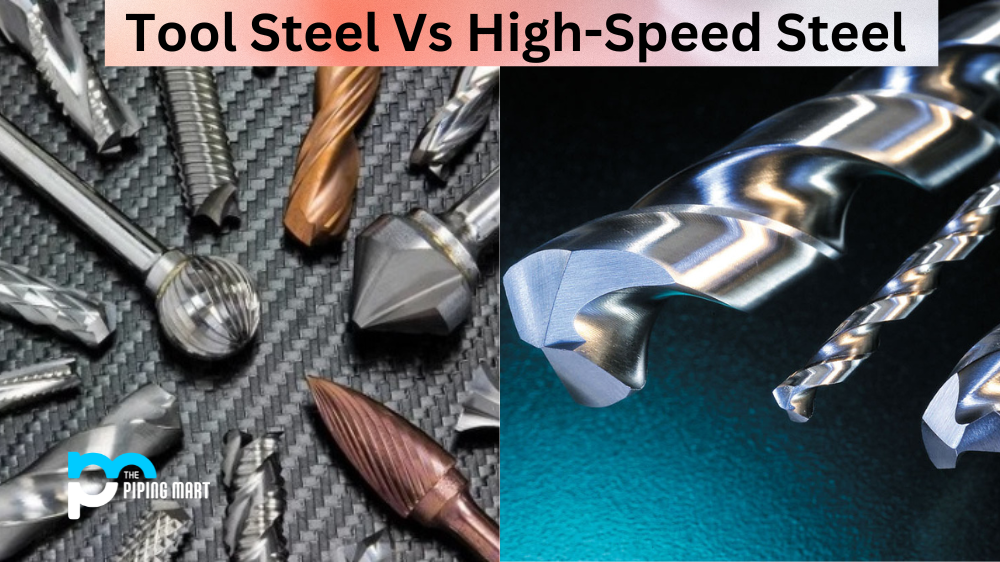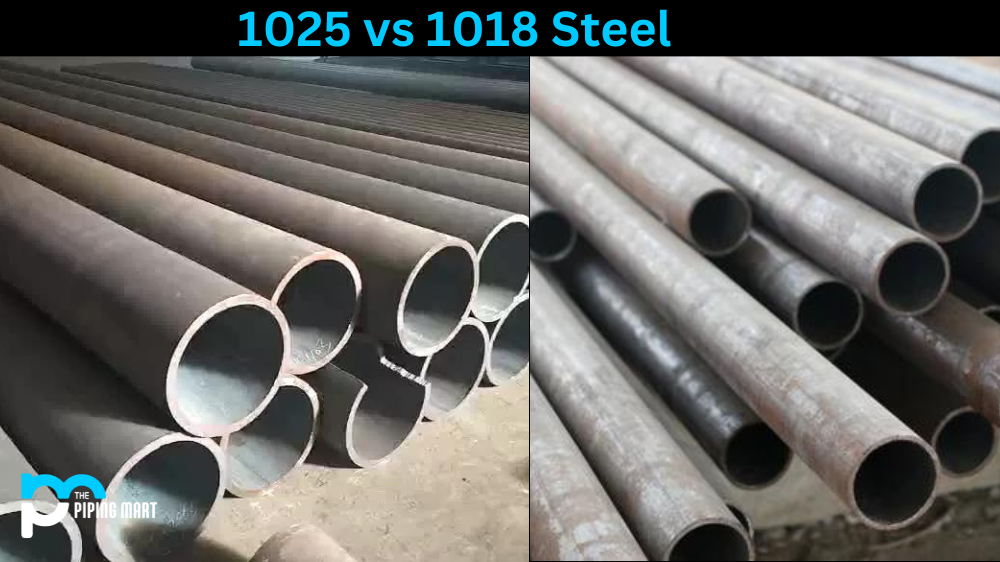Tool steel and high-speed steel are both metals used for making tools, but there are a few key differences between them that you should be aware of. Understanding the strengths and weaknesses of each metal will help you choose which is best suited for your particular project. Let’sLet’s take a closer look at the similarities and differences between tool steel and high-speed steel.
What is Tool Steel?
Tool steel is a type of carbon steel that is well-suited for making tools. It is hard and durable and has a high resistance to wear and tear. Tool steel also has a high resistance to heat, making it ideal for use in applications where high temperatures are a factor.
What is High-Speed Steel?
High-speed steel is a type of tool steel that is designed to resist wear and tear at high speeds. It is often used in cutting tools, as it can withstand the high temperatures that are generated when cutting at high speeds. High-speed steel is also often used in drill bits and taps, as it can resist the wear that is caused by the friction of drilling and tapping.
How They’reThey’re Similar
Both tool steel and high-speed steel are alloy steels, meaning they are made from multiple elements combined to create favourable characteristics. In particular, they both contain large amounts of carbon to increase strength, as well as other elements like chromium, tungsten, molybdenum, vanadium, or cobalt to increase toughness. This combination makes them ideal metals for making tools that must resist wear and tear while being subjected to extreme temperatures or pressure. Both types of steel can be heat treated in order to further increase their hardness or durability.
How They Differ
The primary difference between tool steel and high-speed steel lies in their composition. Tool steel contains more tungsten than high-speed steel does, which gives it better wear resistance but also makes it more brittle than its counterpart. High-speed steel has more cobalt in its composition than tool steel does, which gives it greater impact resistance but can make it more expensive. Additionally, high-speed steels can be used at higher cutting speeds than tool steels because their greater cobalt content increases their red hardness—the ability to maintain hardness at elevated temperatures caused by friction during cutting operations.
Difference Between Tool Steel and High-Speed Steel
Advantages of Tool Steel
One of the main advantages of tool steel is its durability. Tool steel is designed to withstand heavy use and will not show signs of wear and tear easily. Additionally, tool steel has a high resistance to heat, making it ideal for use in applications where high temperatures are a factor.
Advantages of High-Speed Steel
The main advantage of high-speed steel is its resistance to wear and tear at high speeds. This makes it ideal for use in cutting tools, as it can withstand the high temperatures that are generated when cutting at high speeds. Additionally, high-speed steel has a higher resistance to heat than tool steel, making it ideal for use in applications where extremely high temperatures are a factor.
Disadvantages of Tool Steel
One disadvantage of tool steel is that it can be difficult to work with due to its hardness. Additionally, tool steel is not as resistant to heat as high-speed steel, meaning that it may not be suitable for use in applications where extremely high temperatures are a factor.
Disadvantages of High-Speed Steel
One disadvantage of high-speed steel is that it can be more expensive than tool steel. Additionally, high-speed steel may not be as durable as tool steel, meaning that it may not be suitable for heavy-duty applications.
Conclusion:
In conclusion, tool steel and high-speed steels are very similar in that they are both alloy steels with carbon-based compositions that make them ideal for making tools that must withstand wear and tear while being subjected to extreme temperatures or pressure. However, they differ in terms of their composition, specifically in the amount of tungsten (tool steels have more) and cobalt (high-speed steels have more). The different composition makes them better suited for different applications, so depending on your project’s project’s needs, either one could be the right choice for you! Ultimately understanding the strengths and weaknesses of each metal will help you determine which type is best suited for your project.

Abhishek is a seasoned blogger and industry expert, sharing his insights and knowledge on various topics. With his research, Abhishek offers valuable insights and tips for professionals and enthusiasts. Follow him for expert advice on the latest trends and developments in the metal industry.




